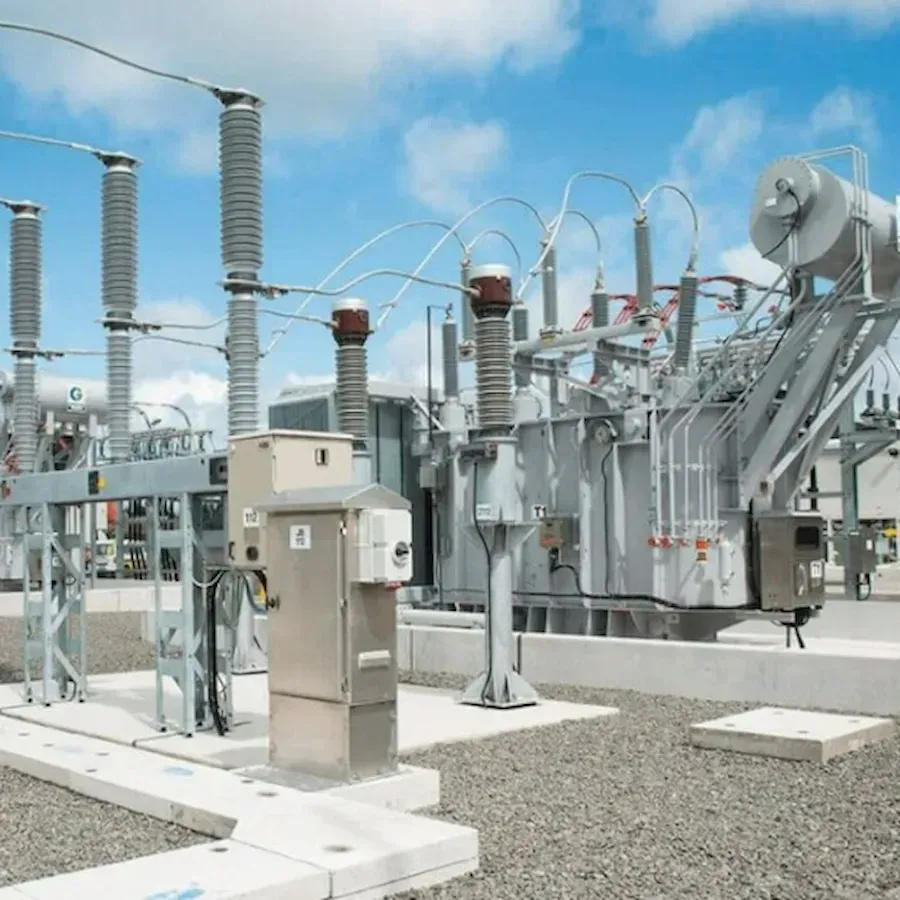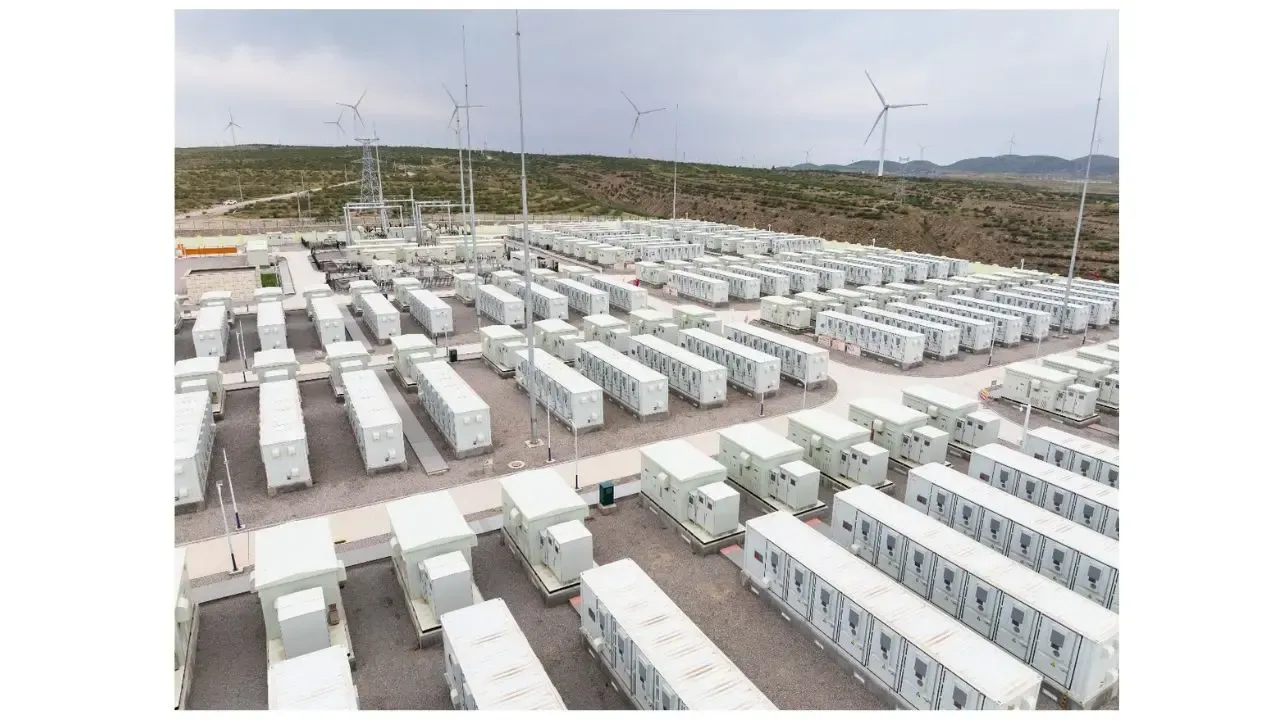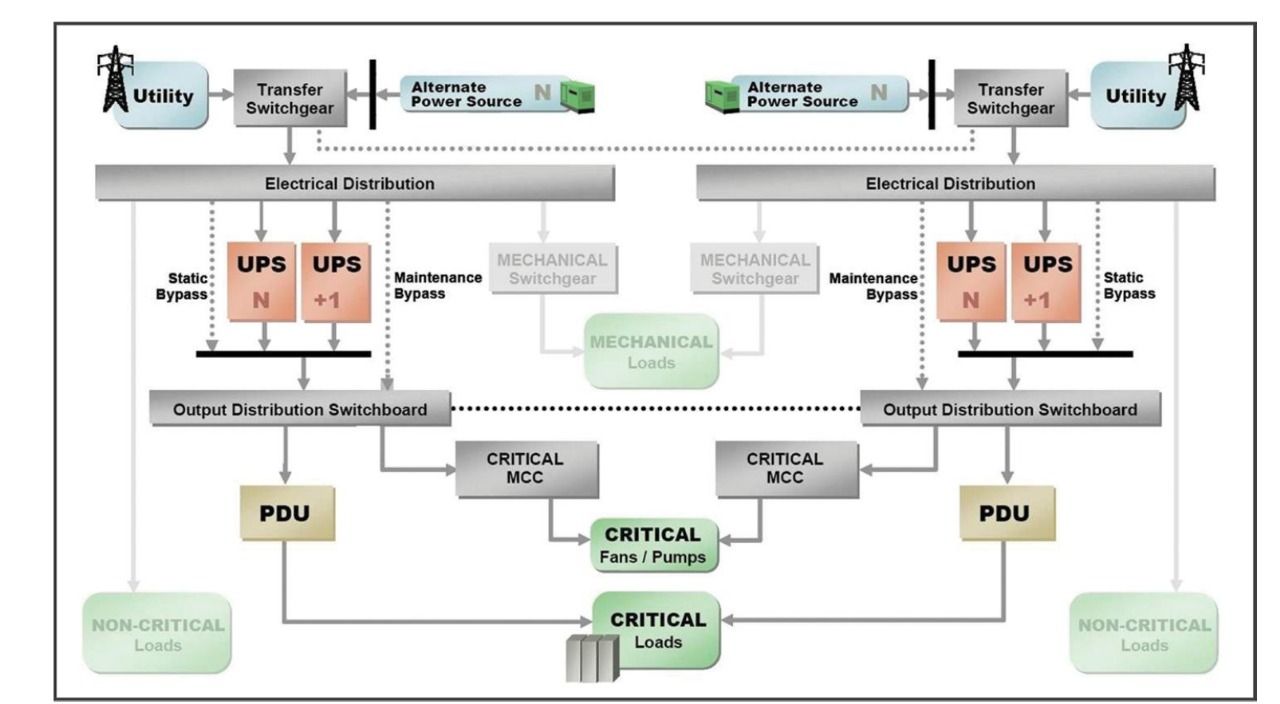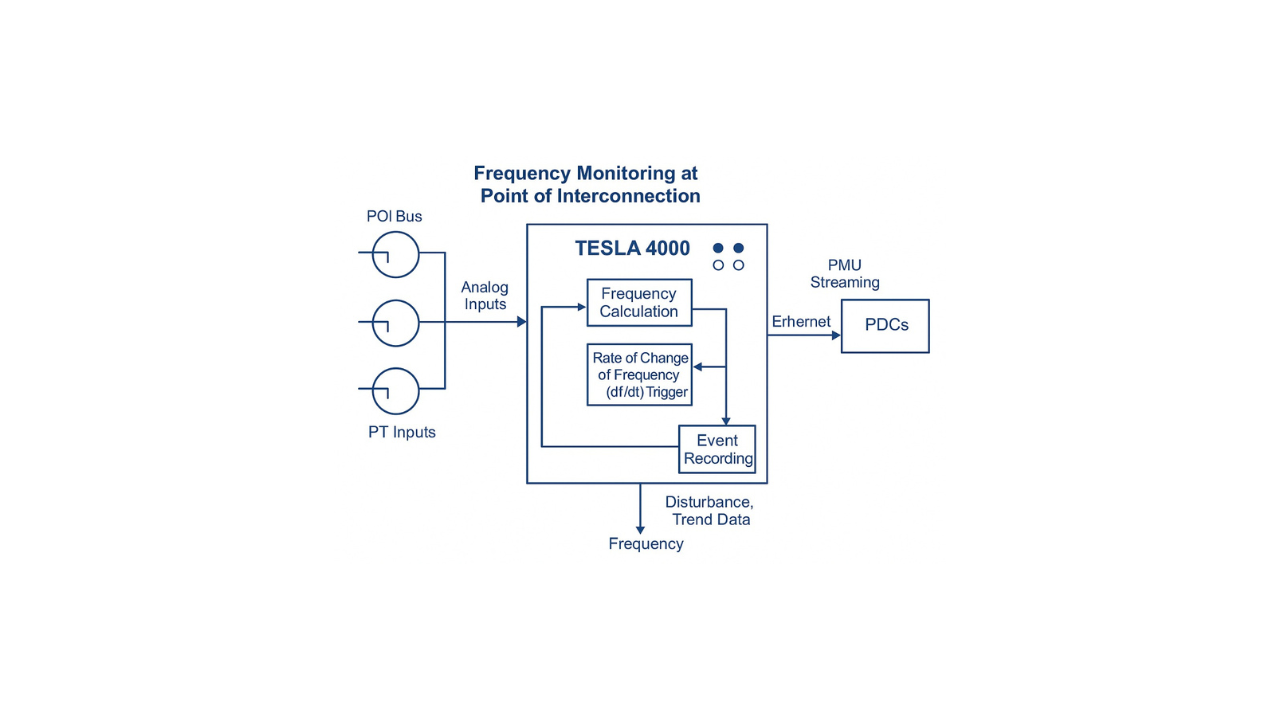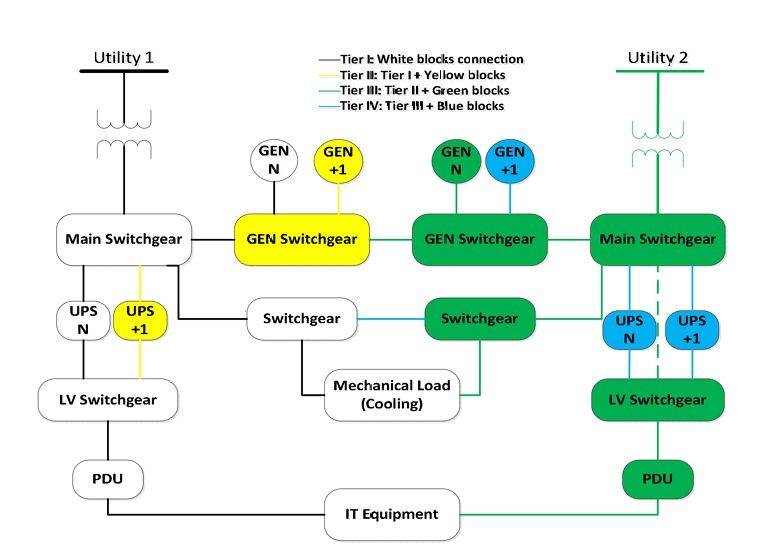A Coordinated Electric System Interconnection Review—the utility’s deep-dive on technical and cost impacts of your project.
Challenge: Frequent false tripping using conventional electromechanical relays
Solution: SEL-487E integration with multi-terminal differential protection and dynamic inrush restraint
Result: 90% reduction in false trips, saving over $250,000 in downtime
IEEE-Compliant EHV, HV & MV Substation Design Services by Keentel
April 23, 2025 | Blog
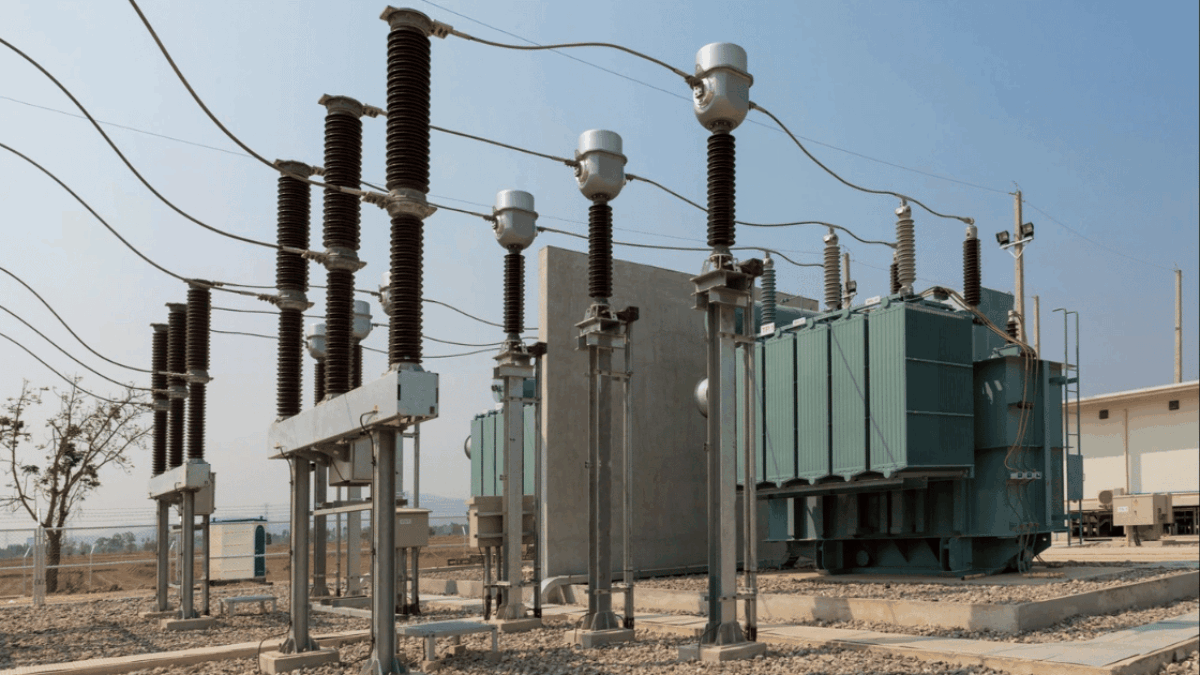
At Keentel Engineering, we deliver expert EHV, HV, and MV substation design services that form the foundation of today’s electrical grid infrastructure. Backed by over 30 years of experience and multi-state Professional Engineering (P.E.) licensure, our team designs IEEE-compliant substations (IEEE) that meet the highest standards for safety, reliability, and regulatory compliance. From transmission substation layouts to distribution substation design, we provide end-to-end engineering solutions tailored to utility, industrial, and renewable integration needs.
We don’t just build substations—we engineer performance-optimized power infrastructure with full lifecycle support from feasibility and planning to detailed design, construction oversight, and commissioning.
Why IEEE Standards Matter in Substation Design
IEEE Standards are the backbone of substation engineering. They govern grounding safety, insulation, busbar design, seismic resilience, automation, communication protocols, environmental security, and much more.
Keentel Engineering incorporates the following key IEEE standards into every aspect of substation design. Here’s how we ensure compliance:
Safety and Grounding Standards
- IEEE Std 80™-2000 – Safety in AC Substation Grounding: Ensures safe touch and step voltage levels using soil resistivity modeling and grounding system optimization.
- IEEE Std 81™-2012 – Earth Resistivity & Ground Impedance Testing: Guides our field engineers in conducting precise ground grid assessments pre-design.
- IEEE Std 837™-2002 – Grounding Connection Integrity: We use this to qualify all exothermic welds and mechanical connectors for grounding continuity.
- IEEE Std 1246™-2011 – Temporary Protective Grounding: Essential during construction and maintenance to protect personnel.
- IEEE Std 1268™-2005 – Mobile Substation Safety: Applied in mobile substation planning and emergency deployments.
Structural and Seismic Resilience
- IEEE Std 605™-2008 – Rigid-Bus Design: Influences our rigid-bus bar sizing and support designs for both air-insulated and hybrid substations.
- IEEE Std 693™-2005 – Seismic Design of Substations: Mandatory for projects in active fault zones—ensuring our structures withstand ground acceleration.
- IEEE Std 1527™-2006 – Flexible Buswork in Seismic Areas: Used for MV applications in earthquake-prone installations.
Fire & Environmental Protection
- IEEE Std 979™-2012 – Substation Fire Protection: Governs our fire detection and suppression designs for transformer bays and control rooms.
- IEEE Std 980™-1994 – Oil Spill Containment: We design bunds and oil pits per this guide for all oil-filled equipment.
- IEEE Std 1127™-1998 – Community & Environmental Compatibility: Guides our approach for aesthetic fencing, noise mitigation, and public engagement.
Power System Reliability and Testing
- IEEE Std 998™-2012 – Lightning Shielding: Guides our placement of masts and shield wires to protect equipment from direct strokes.
- IEEE Std 1240™-2000 – HVDC Converter Station Reliability: Utilized in DC project assessments for long-term reliability planning.
- IEEE Std 1303™-2011 – SVC Field Testing: Ensures quality verification of reactive compensation systems.
Automation, Cybersecurity & Communication
- IEEE Std 1686™-2007 – IED Cybersecurity: Shapes our intelligent device integration, secure access protocols, and cybersecurity hardening plans.
- IEEE Std 1815™-2012 – DNP3 Protocol: Core to our SCADA and RTU communication architecture.
- IEEE Std C37.1™-2007 – SCADA Systems: Defines functionality and redundancy for substation control systems.
- IEEE Std C37.2™-2008 – Device Function Numbers: Provides clarity and consistency in schematic designations.
- IEEE Std 1646™-2004 – Communication Time Requirements: Ensures proper automation timing for protective relaying and control signals.
Gas-Insulated and Hybrid Substations
- IEEE Std C37.122™-2010 & Related Guides – Governs our design of GIS bays and hybrid AIS/GIS substations, including SF₆ handling (Std C37.122.3).
- IEEE Std 1125™-1993 – Moisture in SF₆ Systems: Guides our GIE quality control and moisture content tracking.
Special Design Considerations
- IEEE Std 1427™-2006 – Electrical Clearances: Applied in 3D modeling to ensure safe phase-to-ground and phase-to-phase separations.
- IEEE Std 1264™-1993 – Animal Deterrents: Protects substations from wildlife-caused faults.
- IEEE Std 1267™-1999 – Turnkey Substation Specs: Forms the basis for our EPC and owner’s engineer specifications.
Keentel’s Engineering Process: From Concept to Energization
Our approach ensures full IEEE compliance across every discipline:
- Site Evaluation & Soil Testing – We apply IEEE Std 81 to guide grounding assessments.
- Detailed Design – Incorporating IEEE 80, 605, 693, and 1427 into layout, structural, and insulation coordination.
- Control & Automation – Leveraging IEEE 1686 and C37 series for SCADA, IED, and cyber-secure protocols.
- Construction Oversight – Field QA/QC to verify design-to-install compliance using IEEE Std 837 and 1246.
- Commissioning & Documentation – DNP3 and SVC testing as per IEEE 1303, C37.122, and 1815.
Why Choose Keentel Engineering?
- Licensed Electrical Engineers with over three decades of experience.
- IEEE-Compliant Designs tailored to state-specific utility requirements.
- Full-Service Capability from HV GIS to MV underground cable substations.
- Cybersecure Automation Systems built on the latest IEEE standards.
Explore more about Substation Design Services
Frequently Asked Questions – IEEE Standards for HV & MV Substation Design
1. What IEEE standards govern substation grounding safety and design?
- IEEE Std 80™-2000 and its related errata and interpretations provide comprehensive guidance on AC substation grounding design and safety, ensuring personnel protection and equipment reliability.
- IEEE Std 837™-2002 is used to qualify permanent grounding connections.
- IEEE Std 1246™-2011 focuses on temporary protective grounding used during maintenance.
2. Which standard is used to measure earth resistivity and ground impedance?
IEEE Std 81™-2012 offers methods to measure earth resistivity, ground impedance, and earth surface potentials—critical for grounding system verification.
3. What standard applies to substation cable system design and installation?
IEEE Std 525™-2007 provides guidance for the design and installation of cable systems in substations, ensuring thermal and electrical performance.
4. How do we ensure structural integrity of rigid bus structures?
Use IEEE Std 605™-2008 and its interpretations/corrections for the design of rigid bus systems in air-insulated substations.
5. What IEEE guidance is available for substation seismic design?
IEEE Std 693™-2005 is the go-to standard for seismic qualification of substation components and structures.
6. Which standard addresses fire protection in substations?
IEEE Std 979™-2012 covers fire detection, suppression, and mitigation systems specific to substations.
7. How are oil spills controlled in substations?
IEEE Std 980™-1994 (R2001) guides containment and control of oil spills, with interpretations providing clarity on practical applications.
8. Which standard is used for lightning protection in substations?
IEEE Std 998™-2012 offers methodologies for direct lightning stroke shielding to protect equipment and infrastructure.
9. What standard is used for specification of Static VAR Compensators (SVCs)?
IEEE Std 1031™-2011 and IEEE Std 1303™-2011 guide functional specification and testing of SVCs.
10. What standard supports moisture control in SF6 gas-insulated equipment?
IEEE Std 1125™-1993 (R2005) provides best practices for moisture measurement and control in GIS applications.
Case Studies: High-Impact Substation Projects by Keentel
230/34.5 kV Greenfield Collector Substation with BESS Integration
Project Title: Utility-Scale Solar + Battery Energy Storage Substation (Confidential Client)
Location: Southwestern United States
Scope: Full-scope engineering for a 230 kV to 34.5 kV greenfield collector substation supporting a 300 MW hybrid solar farm and battery energy storage system (BESS).
Project Summary
Keentel Engineering was selected to deliver comprehensive HV and MV substation design services for a renewable energy project involving utility-scale solar and storage. Our scope covered everything from primary 230 kV high-voltage yard design to MV switchgear layout, transformer integration, and SCADA-controlled automation.
Key Engineering Deliverables:
- Complete electrical design of primary and secondary systems, including substation control building.
- Grounding system engineered per IEEE Std 80™, validated by field soil resistivity testing following IEEE Std 81™.
- Lightning protection study in compliance with IEEE Std 998™, ensuring asset shielding and grid reliability.
- SCADA and substation automation integrated using IEC 61850 protocols and secure IED configuration based on IEEE Std 1686™.
IEEE Standards Applied:
- IEEE Std 80™, 81™ – Grounding system design and soil testing
- IEEE Std 693™ – Seismic resilience analysis for transformer and breaker foundations
- IEEE Std 1686™ – Cybersecurity standards for Intelligent Electronic Devices
- IEEE Std 1379™ – Communication protocol integration for protection systems
Outcome
Keentel Engineering delivered a fully IEEE-compliant substation design, meeting all utility interconnection requirements within an 8-month window. The design supported rapid approval, enabled seamless integration into the transmission grid, and helped advance renewable power delivery with minimal rework or delay.
Urban Brownfield Substation Expansion with Load Growth and GIS Integration
Project Name: Confidential Urban Substation Upgrade
Location: Northeast U.S.
Scope: Retrofit and expansion of an aging 115 kV brownfield substation to support a 40% increase in electrical load demand while improving operational flexibility and security.
Key Engineering Highlights
- Redesigned rigid busbar systems in accordance with IEEE Std 605™ for optimized conductor performance.
- Upgraded legacy air-insulated breakers with compact GIS (Gas-Insulated Switchgear) for improved space utilization and reliability.
- Implemented advanced substation physical and cybersecurity protocols as outlined in IEEE Std 1402™ and IEEE Std 1686™.
- Integrated with existing SCADA infrastructure and IEC 61850 protocol to enhance automation and monitoring.
IEEE Standards Applied
- IEEE Std C37.122™ – GIS equipment specification and layout best practices.
- IEEE Std 1427™ – Clearance optimization within confined substation environments.
- IEEE Std 1402™ – Substation physical security design.
- IEEE Std 525™ – Medium voltage cable routing and installation.
Outcome
Keentel Engineering delivered a fully modernized, IEEE-compliant substation solution that enhances urban grid resilience, streamlines fault recovery, and minimizes maintenance-related downtime. The project achieved zero safety incidents and received unanimous utility approval following testing and commissioning.
Mobile Substation Engineering for Emergency Grid Restoration and Temporary Support
Project Name: Confidential Mobile Substation Deployment
Location: Midwest U.S.
Scope: Custom engineering and commissioning of a mobile 69 kV to 12.47 kV substation designed to serve as a flexible bypass solution during planned maintenance and emergency grid restorations.
Engineering Highlights
- Designed and built a transformer trailer with flexible buswork and integrated control panels for streamlined operations.
- Developed a universal protection and control panel compatible with multiple relay schemes, supporting versatile deployment.
- Conducted detailed temporary grounding analysis in compliance with IEEE Std 1246™ for safe operations under energized conditions.
- Engineered quick-connect infrastructure for rapid installation and removal, minimizing utility downtime.
IEEE Standards Applied
- IEEE Std 1268™ – Guidelines for safe design and deployment of mobile substation equipment.
- IEEE Std 1246™ – Temporary protective grounding in energized environments.
- IEEE Std 998™ – Lightning protection for mobile and outdoor applications.
- IEEE Std 1613™ – Environmental standards for networking equipment in substation environments.
Outcome
The mobile substation was successfully deployed across multiple utility projects, helping minimize service interruptions during large-scale transmission upgrades. Keentel Engineering’s adaptable substation design, fast mobilization, and compliance with IEEE mobile substation standards ensured seamless operation across diverse site conditions.
At Keentel Engineering, our commitment to delivering IEEE-compliant substation design services is reflected in every project we undertake—whether it’s a 230 kV collector substation, a brownfield GIS retrofit, or a mobile unit for emergency grid support. Our experienced team ensures each substation is built for reliability, regulatory compliance, and operational efficiency. If you’re planning an upcoming utility infrastructure project, explore our full range of HV and MV Substation Design Services and Power System Studies to see how we can support your needs from concept to commissioning.
Let’s Talk & Power Your Grid with Proven Expertise
From greenfield collector stations to brownfield expansions and mobile substation solutions, Keentel Engineering delivers high-voltage and medium-voltage substation designs that exceed performance expectations and align with the latest IEEE standards. With over 30 years of engineering excellence, utility partnerships, and multi-state licensure, we’re ready to support your most complex power infrastructure challenges.
Request a Consultation today to discover how our IEEE-compliant, future-ready substation engineering services can help you reduce risk, accelerate deployment, and improve system reliability.
Call us at 813-389-7871
Or Fill the Form On Contact us page and give us your details to get started.
Let’s engineer the future of your grid—together.

About the Author:
Sonny Patel P.E. EC
IEEE Senior Member
In 1995, Sandip (Sonny) R. Patel earned his Electrical Engineering degree from the University of Illinois, specializing in Electrical Engineering . But degrees don’t build legacies—action does. For three decades, he’s been shaping the future of engineering, not just as a licensed Professional Engineer across multiple states (Florida, California, New York, West Virginia, and Minnesota), but as a doer. A builder. A leader. Not just an engineer. A Licensed Electrical Contractor in Florida with an Unlimited EC license. Not just an executive. The founder and CEO of KEENTEL LLC—where expertise meets execution. Three decades. Multiple states. Endless impact.
Services

Let's Discuss Your Project
Let's book a call to discuss your electrical engineering project that we can help you with.

About the Author:
Sonny Patel P.E. EC
IEEE Senior Member
In 1995, Sandip (Sonny) R. Patel earned his Electrical Engineering degree from the University of Illinois, specializing in Electrical Engineering . But degrees don’t build legacies—action does. For three decades, he’s been shaping the future of engineering, not just as a licensed Professional Engineer across multiple states (Florida, California, New York, West Virginia, and Minnesota), but as a doer. A builder. A leader. Not just an engineer. A Licensed Electrical Contractor in Florida with an Unlimited EC license. Not just an executive. The founder and CEO of KEENTEL LLC—where expertise meets execution. Three decades. Multiple states. Endless impact.
Leave a Comment
We will get back to you as soon as possible.
Please try again later.
Related Posts


